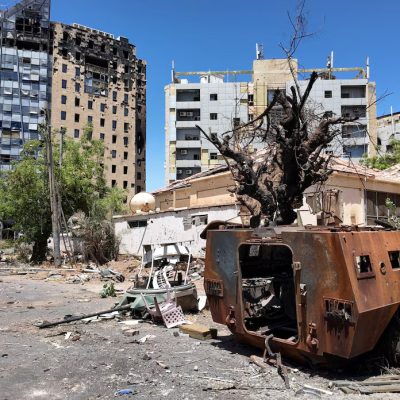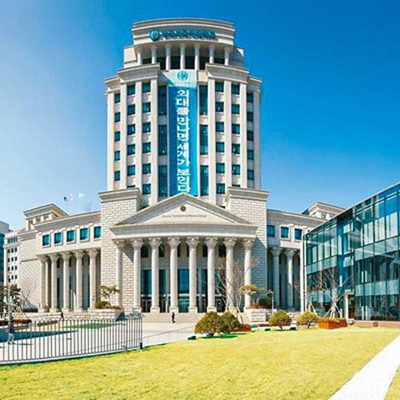Ryo Hinata-Yamaguchi, Project Assistant Professor, Research Center for Advanced Science and Technology of the University of Tokyo
In recent decades, there has been much attention to the military modernization and transformation developments in the Indo-Pacific with concerns about the increasing likelihood of conflict or at least arms races. While the concerns are credible, it is also vital to understand the complex nature of the developments and their consequences in this critical region.
The key point is that military modernization and transformation comes in various shapes and sizes. On the one hand, some states push for enhancements in their military readiness to defend and deter against particular threats. On the other hand, there are also those that pursue enhancements to nurture their underdeveloped security forces and catch up with the latest modernization trends.
While the pace and scale of the military modernization programs vary, there is one underlying factor that is common among the more proactive states – pursuit of self-reliance in the building of military readiness. The patterns are most notable in China, Japan, the two Koreas, Singapore, Indonesia, Malaysia, Thailand, and Taiwan, where the states are working to self-reliantly enhance their defense readiness not simply for national security but also for economic interests by boosting their defense industries.
The abovementioned trends remind us about the basics of understanding the country-specific structures, processes, and circumstances that motivate and shape military modernization. Moreover, there are numerous caveats in understanding the complex developments and their consequences. As in the much talked about naval developments in the Indo-Pacific, there are often misconceptions – particularly regarding Southeast Asia where the modernization projects have been arguably most diverse.
Understanding the efforts for security require strategic context. While there are some states that focus on defense of the nation from threats posed by other states in the region, there are also those that concentrate more in the context of law enforcement such as terrorism and organized crime. For instance, while many of the maritime Southeast Asian states are indeed concerned about conflicts in the South China Sea, many are also concerned about non-traditional security threats in the key straits as well as maritime resources.
Much attention is also needed on military readiness as opposed to looking purely at capabilities. Despite the noteworthy enhancement of capabilities, one also needs to look at the states’ capacity to operate those assets, not only in logistics but also organizational aspects. Such is the case in North Korea, where the modernization of various weapons systems are taking place while there are major problems in logistical capacity and deteriorating state of personnel’s health and discipline.
Finally, there is much to see regarding the impact of COVID-19, where the economic impact of the pandemic has not only jolted defense planning in many states but has also affected the logistics that consequently undermines education, training, and mobilization.
The significance of the Indo-Pacific region has grown significantly over the past several decades, not only for economic reasons but also the growing involvement of the regional states in international security. While there is relative stability compared to other regions, the stakes are high given the scale of the developments and capacity of the states in the region. To understand the problems however, one must not only look at the developments, but also the causes and their consequences.
Ryo Hinata-Yamaguchi is a Project Assistant Professor at the Research Center for Advanced Science and Technology at the University of Tokyo and an Adjunct Fellow at the Pacific Forum. Ryo can be followed on Twitter at @tigerrhy.





